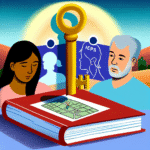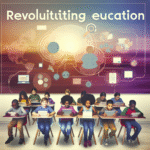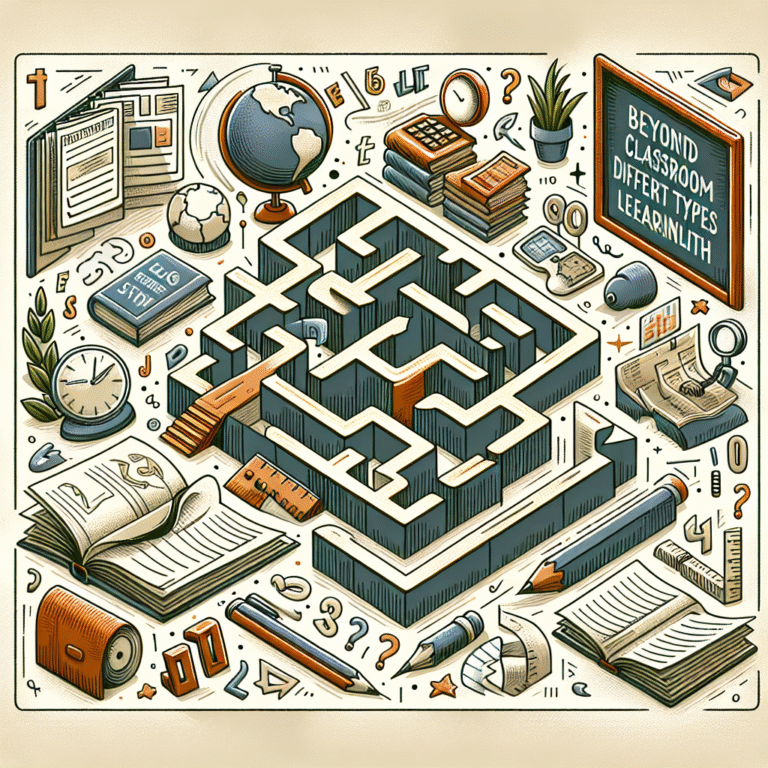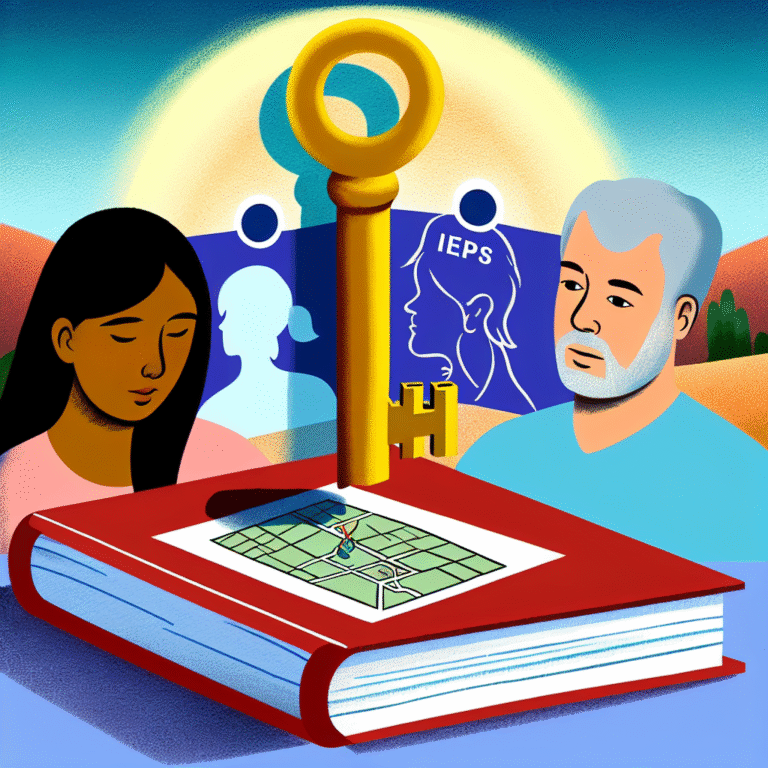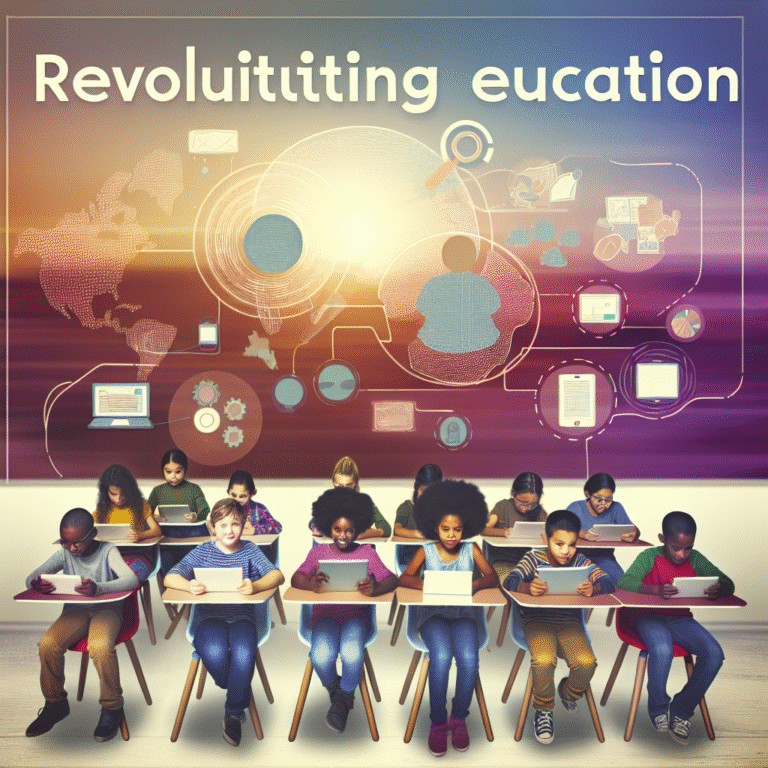
Decoding the Challenge: Ultimate Strategies for Improving Reading Comprehension in Students with Learning Disabilities
Introduction
Reading comprehension is a vital skill for academic success and lifelong learning. Imagine a student who struggles to decode words on a page. Each sentence becomes a puzzling enigma, impeding their ability to grasp concepts or follow narratives. For many students with learning disabilities, this scenario is an everyday challenge. As educators, parents, and advocates, it’s crucial to find efficient strategies to bridge this gap. In this article, we will explore the nuances of Decoding the Challenge: Strategies for Improving Reading Comprehension in Students with Learning Disabilities, presenting practical approaches to elevate their reading experience.
Understanding the Landscape of Learning Disabilities
What Are Learning Disabilities?
Learning disabilities (LD) encompass a range of difficulties that affect a person’s ability to acquire, process, or convey information. Common types include dyslexia, dyscalculia, and dysgraphia. Each of these disabilities manifests differently, but all can significantly impact reading comprehension.
The Importance of Early Identification
Identifying learning disabilities at an early age is essential. The sooner a child receives support, the better their chances of improving their skills. Early interventions can reduce frustration and build confidence, setting the stage for academic success.
Effective Strategies: A Multi-Tiered Approach
To effectively tackle reading comprehension challenges, a multi-faceted strategy is needed. The following strategies are rooted in research and practical application.
1. Structured Literacy Instruction
Structured Literacy is an evidence-based approach that emphasizes explicit teaching of phonics and word decoding. This method is especially beneficial for students with dyslexia, who may have difficulty processing written language.
- Phonology: Teach students to recognize and manipulate sounds in spoken words.
- Orthography: Focus on the spelling patterns and rules in written language.
- Morphology: Help students understand the structure of words and their parts (roots, prefixes, and suffixes).
Case Study: Empowering Through Structured Literacy
In a suburban elementary school, a third-grade teacher implemented a structured literacy program for students identified with dyslexia. Over the academic year, the students progressed from an average reading level of first grade to mid-second grade. The structured approach not only improved their reading skills but also enhanced their self-esteem.
Analysis
This case highlights the effectiveness of systematic instruction in decoding skills. The improvement suggests that structured literacy can offer measurable benefits for students facing reading challenges.
2. Utilizing Multisensory Learning Techniques
Multisensory learning combines visual, auditory, and kinesthetic learning modalities. Incorporating multiple senses can enhance memory retention and understanding, particularly for students with learning disabilities.
Techniques Include:
- Interactive Reading: Use tools like audiobooks or read-aloud strategies.
- Visual Aids: Implement charts, graphic organizers, and illustrations.
- Hands-On Activities: Engage students in activities that allow them to use tactile methods to form words and comprehend text.
Chart: Benefits of Multisensory Learning
| Learning Modality | Benefits | Application Examples |
|---|---|---|
| Visual | Enhanced memory retention | Graphic organizers, flashcards |
| Auditory | Improved comprehension | Audiobooks, read-aloud sessions |
| Kinesthetic | Increased engagement and understanding | Writing with sand, letter tiles |
Case Study: The Power of Multisensory Learning
A middle school focused on integrating multisensory techniques into its curriculum. Students who engaged with both auditory and visual aids showed an increase in reading comprehension scores by 30% over six months.
Analysis
This case reaffirms the utility of multisensory approaches in teaching. They not only cater to various learning styles but also create a dynamic learning environment conducive to better comprehension.
3. Implementing Graphic Organizers
Graphic organizers are visual representations of information that help students organize their thoughts and better understand relationships in the material they are reading.
Types of Graphic Organizers:
- Story Maps: Help students outline narratives.
- Venn Diagrams: Assist in comparing and contrasting ideas.
- Flowcharts: Useful for illustrating sequences in texts.
Case Study: Enhancing Comprehension with Graphic Organizers
A special education teacher introduced story maps to help her students retell narratives in a structured way. Over a semester, students were able to articulate story elements—setting, characters, conflict, and resolution—at an unprecedented level, demonstrating clearer understanding and engagement.
Analysis
The use of graphic organizers provided students with a visual framework, enabling them to dissect and manage complex information. This strategy cultivates a more profound comprehension, as evidenced by the students’ improved performance.
4. Building Vocabulary through Contextual Learning
Building vocabulary is essential for improving reading comprehension. However, it’s not just about memorizing definitions but understanding how to use words contextually.
Strategies to Enhance Vocabulary:
- Contextual Clues: Teach students to infer meanings through context.
- Word Maps: Create visual representations of words and associations.
- Daily Reading: Encourage wide reading to encounter diverse vocabulary.
Case Study: Vocabulary Expansion in Action
In a large urban school, a targeted vocabulary program was launched, integrating word mapping and contextual guessing. Within a year, students expanded their vocabulary by an average of 150 words, leading to enhanced reading comprehension test results.
Analysis
The success of this vocabulary initiative underscores the need for teaching words in context. It illustrates that a robust vocabulary directly contributes to understanding complex texts.
5. Collaborative Learning Environments
Collaboration among peers can foster a supportive learning atmosphere. In cooperative groups, students can engage in discussions, share strategies, and learn from one another.
Techniques for Collaboration:
- Peer Tutoring: Encourage stronger readers to support those who struggle.
- Discussion Groups: Create small groups to discuss texts, promoting shared understanding.
- Literature Circles: Engage students in roles that allow them to explore texts deeply.
Case Study: The Impact of Collaboration
A high school implemented literature circles within a special education English class. Students took on varied roles such as summarizer, connector, and questioner. Their engagement soared, and test results improved by 20% compared to previous years.
Analysis
Collaboration can facilitate deeper understanding by allowing students to articulate their thoughts and hear diverse perspectives, which is critical for comprehension skills.
6. Providing Strategic Reading Instruction
Directly teaching reading comprehension strategies can empower students to become more effective readers. Techniques like prediction, questioning, summarization, and clarification can guide students in engaging with texts.
Techniques to Teach Reading Strategies:
- Think-Alouds: Model strategies during reading to show comprehension processes.
- Reciprocal Teaching: Foster peer-led sessions where students take turns leading discussions using specific strategies.
- Summarization Techniques: Teach students to condense information into key points.
Case Study: Direct Instruction in Action
In a resource room program, teachers implemented a reciprocal teaching model. The success was evident as students went from typical reading levels two years behind to only one year off grade expectations within a school year.
Analysis
Teaching comprehension strategies can enable students to independently navigate texts, demonstrating the necessary skills to decode and comprehend effectively.
7. Regular Progress Monitoring and Adaptation
Regularly assessing a student’s reading level and strategy effectiveness is key to ensuring success. Data should guide instruction and identify necessary adjustments.
Monitoring Approaches:
- Formative Assessments: Conduct regular informal quizzes, observations, and discussions.
- Tailored Instruction: Adapt strategies based on performance – if one approach isn’t working, be willing to shift gears.
Case Study: Adapting Instruction Through Feedback
A school district adopted ongoing assessments to tailor interventions for students with learning disabilities. Over two years, targeted reading programs led to consistent improvements across grade levels, with significant gains noted in comprehension.
Analysis
The commitment to progress monitoring proves that responsive teaching practices can significantly impact student development and outcomes.
Conclusion
Improving reading comprehension in students with learning disabilities requires a compassionate, informed, and well-structured approach. By implementing varied strategies grounded in research and practice, educators and caregivers can empower these students to decode the challenges they face.
As we consider the complexity of learning disabilities, let us remember that the ultimate goal is not merely academic success but fostering a love for reading. With perseverance, structured instruction, and the right tools, we can make a significant difference.
FAQs
1. What is the difference between dyslexia and other learning disabilities?
Dyslexia specifically affects reading and language processing, while other learning disabilities may impact different areas such as mathematics (dyscalculia) or writing (dysgraphia). Understanding these differences is vital for effective intervention.
2. How can I identify if my child has a learning disability?
Signs may include difficulty reading age-appropriate texts, trouble following directions, or challenges in spelling and writing. A comprehensive evaluation by a specialist can confirm the presence of a learning disability.
3. What are some recommended resources for parents?
Various resources are available, including the International Dyslexia Association, Understood.org, and local literacy programs that offer support and guidance for parents of children with learning disabilities.
4. How can I support my child’s reading at home?
Encourage daily reading, engage in discussions about stories, utilize audiobooks, and implement structured reading activities that promote skills outlined in this article.
5. Are there any specific accommodations that can help students with learning disabilities in school?
Yes, accommodations can include extended time on tests, the use of technology for reading and writing, and providing alternative formats for assignments. Working with educators to create an Individualized Education Program (IEP) can help tailor accommodations to the child’s needs.
By creating an inclusive learning environment and using effective teaching strategies, we can help students with learning disabilities succeed. Remember, the journey to decoding the challenge of reading comprehension is a collaborative effort, embracing the diverse needs of every learner.

